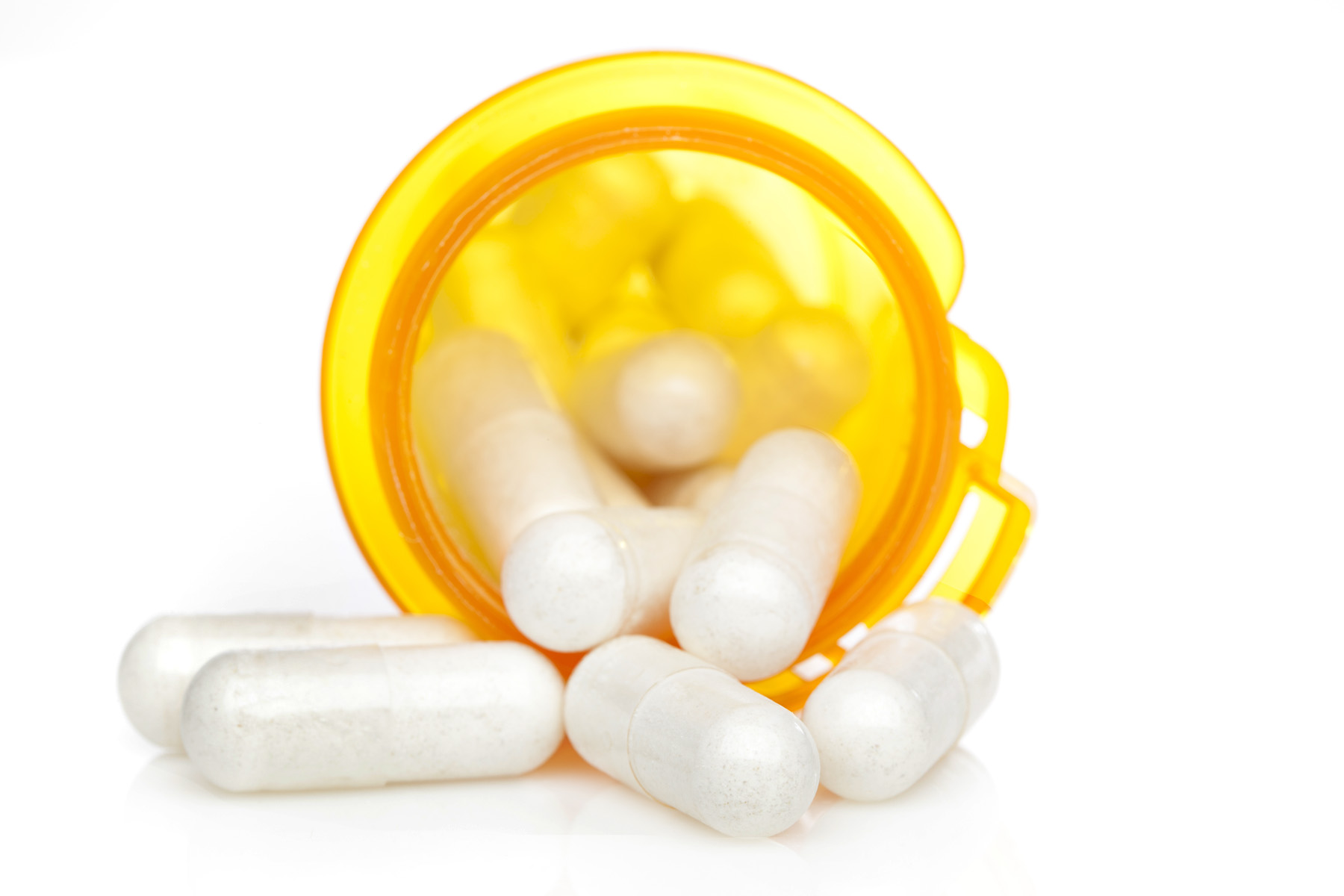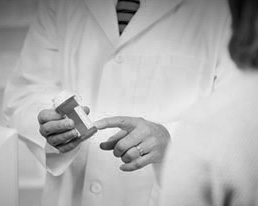Effects of Hydromorphone

Hydromorphone is an opiate painkiller that is often used in hospital settings. As a fast-acting pain reliever, it is used in the specific situations where the fast elimination of pain is needed. A person receiving joint replacement surgery or dealing with cancer is likely to receive hydromorphone.
Most people know this drug by its brand name, Dilaudid. In the hospital, it is available as an injection. It is also available as a suppository or in an automatic pump that dispenses pain medication on a specific schedule. When a person suffers “breakthrough pain” that penetrates opiate painkillers that are already having an effect, Dilaudid may be the drug that is used to dull this pain. It is not long lasting but that may just what is needed - fast, brief pain relief.
Around the world, this drug has many other names. They include:
- Sophidone
- Dimorphone
- Hydrostat
- Hydromorfan
- Hydromorphan
- Laudicon
- Opidol
- Palladone
Its generic name is alternatively dihydromorphinone. The manufacturer of Dilaudid is Purdue Pharma, the same manufacturer for OxyContin. It is also manufactured by Hospira, Roxane, Elite Labs and Mallinckrodt.
Undoubtedly to increase its sales, there is an Extended Release (ER) version of this drug in pill form. Addicts have little difficulty circumventing the time-release function of these pills. So they still manage to abuse these pills for their effects.
Opiates Are Downers, Painkillers
A person who takes an opiate is going to become lethargic, drowsy, and incommunicative. He (or she) may dope off. Any pain will be alleviated and any concerns are likely to feel far away. Opiates give a mellow, floating feeling.

These are the effects that an opiate addict becomes addicted to. Many people become addicted to hydromorphone after using it for legitimate pain. After a period of use, the tolerance causes the person to start needing more. If the doctor happened to cut back their prescription, the pain would rebound and they would hurt more than they hurt before. This is often the start of drug-seeking behavior. A person may have more than one doctor giving him (or her) prescriptions but state by state, prescription monitoring programs are being instituted to prevent this method of getting drugs.
A person in pain may try telling the doctor that the pain medication is no longer handling the pain. For a while, the doctor may increase the dosage but then may cut the person off or refuse a higher dosage. Tolerances to opiates can get very high but doctors fear the liability if a person were to overdose while under their care.
In New York State, a doctor was just charged with manslaughter after he prescribed hundreds of opiate and benzodiazepine pills to patients in his care who subsequently died of overdoses. The effect of a case like this can be to panic a doctor and cause him to stop prescribing opiates. His patients may switch to heroin if they cannot get the prescription opiate they are used to taking.
Opiate addiction creates the effect of a tangled web that traps its victims. An opiate addict is wise to seek help in kicking the habit of taking painkillers. Drug intervention may be necessary to get a person the help that is needed.
Narconon Rehab Has Been Helping Opiate Addicts for Nearly Five Decades
The very first addicts in the Narconon drug and alcohol rehabilitation program were heroin addicts. They were inmates in the Arizona State Prison System in 1966. They found sobriety with the beginning principles taught by the Narconon program. In the intervening years, the program has been developed into a worldwide network of 24⁄7 rehab facilities.
Beating the Effect of Opiates

It takes eight to ten weeks, on average, to beat the effects of opiates. A person must not only recover from the physical cravings, he (or she) must overcome the psychological dependence they have on the drug. High profile deaths like those of Anna Nicole Smith and Michael Jackson show what happens when these dependencies are not overcome.
At Narconon, an innovative detoxification program provides relief from the physical cravings. And the life skills component of the program shores up a person’s independence from drugs. It is vital to be able to resist the triggers that are encountered in normal life, like old drug-using friends, an old drug dealer, locations where drugs were used or where a person was arrested, family members who were harmed while the addict was using drugs. If a person has not resolved these situations, a relapse is likely.

But Narconon has been proofing opiate and other types of addicts from relapse for forty-five years. It works better today than it ever has.
See also Signs and Symptoms of Hydromorphone Abuse
Resources:
 TM
TM